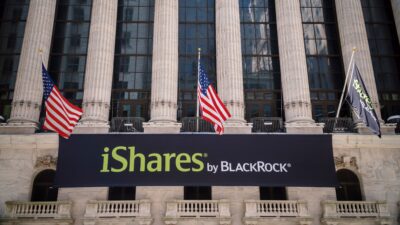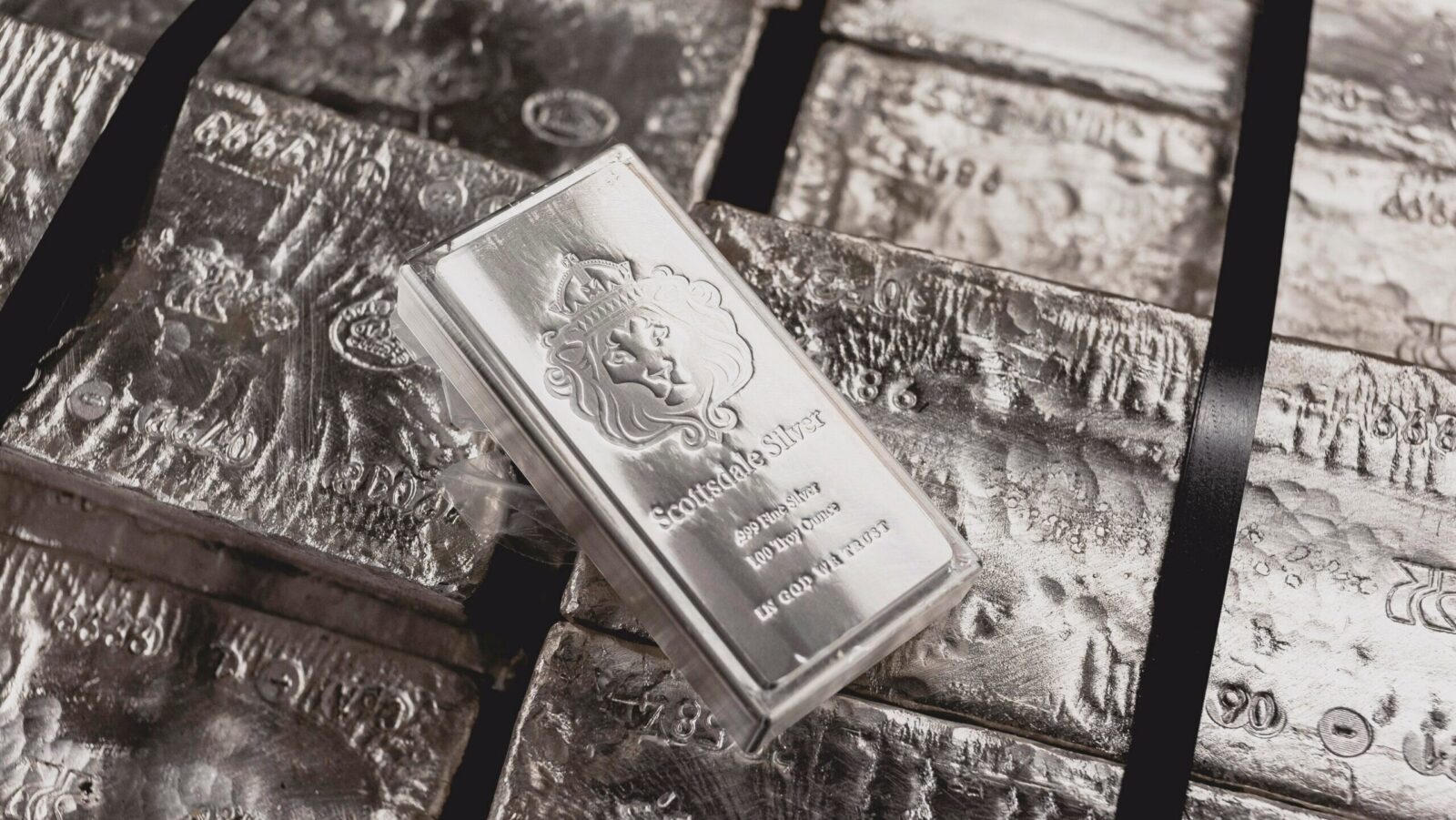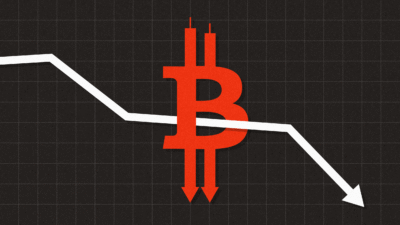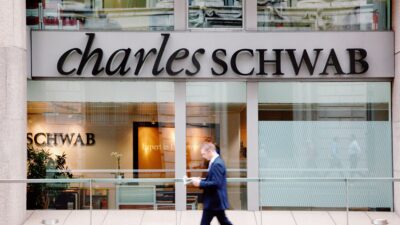What Coca-Cola’s New Sugar-Cane Coke Means for a Sugar ETF
The world’s leading beverage company plans to add a cane-sugar version of its namesake beverage in the US.

Sign up for exclusive news and analysis of the rapidly evolving ETF landscape.
There was some sweet news last week for one commodity and the single ETF focused on it: Coca-Cola is planning to add a cane-sugar based version of its flagship beverage in the US.
During the company’s quarterly earnings call last Tuesday, CEO James Quincey alluded to Coca-Cola using the natural sweetener, seemingly a nod to Health and Human Services Secretary Robert F. Kennedy Jr.’s campaign against high-fructose corn syrup, and other processed food additives. That development isn’t all fizz, but the team behind the Teucrium Sugar Fund (CANE) is also not overly saccharine. A cane-sugar version of Coca-Cola could boost demand for sugar, though the country is hardly turning away from high-fructose corn syrup and other sweeteners.
Teucrium, which also runs the Corn Fund (CORN) and 2x Daily Corn ETF (CXRN), doesn’t see a drop in demand for corn — the key ingredient in high-fructose corn syrup — as a result of Coca-Cola’s change or pressure from the Trump administration. “It’s not a one-to-one net negative. There are just too many factors at play. Policy is huge in agriculture,” said Jake Hanley, senior portfolio specialist at Teucrium.
Sugar Rush
Since President Donald Trump said publicly that Coca-Cola would be switching outright to cane sugar — something the company has not indicated it would do — interest in Teucrium’s ETF spiked, Hanley said. The fund is small, at just $14 million in assets, but trading volume reached its highest point in two years on July 17. More widely, investors bought commodities ETFs this year, partly for diversification as well as for opportunities they see from Trump’s tariffs, said Todd Rosenbluth, head of research and editorial atand TMX VettaFi.
Data from that firm show:
- $24 billion flowed into commodity ETFs year to date as of July 23.
- Most of that went to gold ETFs, but there has also been demand for broad commodities ETFs, as evidenced by $417 million going to the Invesco Optimum Yield Diversified Commodity Strategy No K-1 ETF (PDBC) and $289 million to the abrdn Bloomberg All Commodity Strategy K-1 Free ETF.
Getting Granular: Outside of the US, the nearest large sugar trader is Brazil, which is trying to negotiate a way out of the 50% import tariffs Trump is pushing. “If we do have poor growing conditions, poor global sugar harvest going forward, we are working off of a new demand scenario,” Hanley said. “That just makes prices more susceptible to supply shock.”











